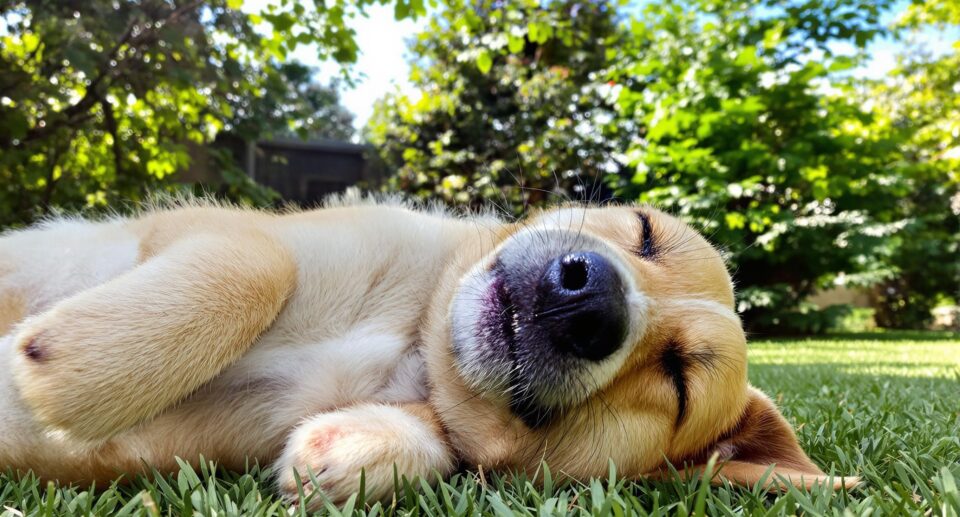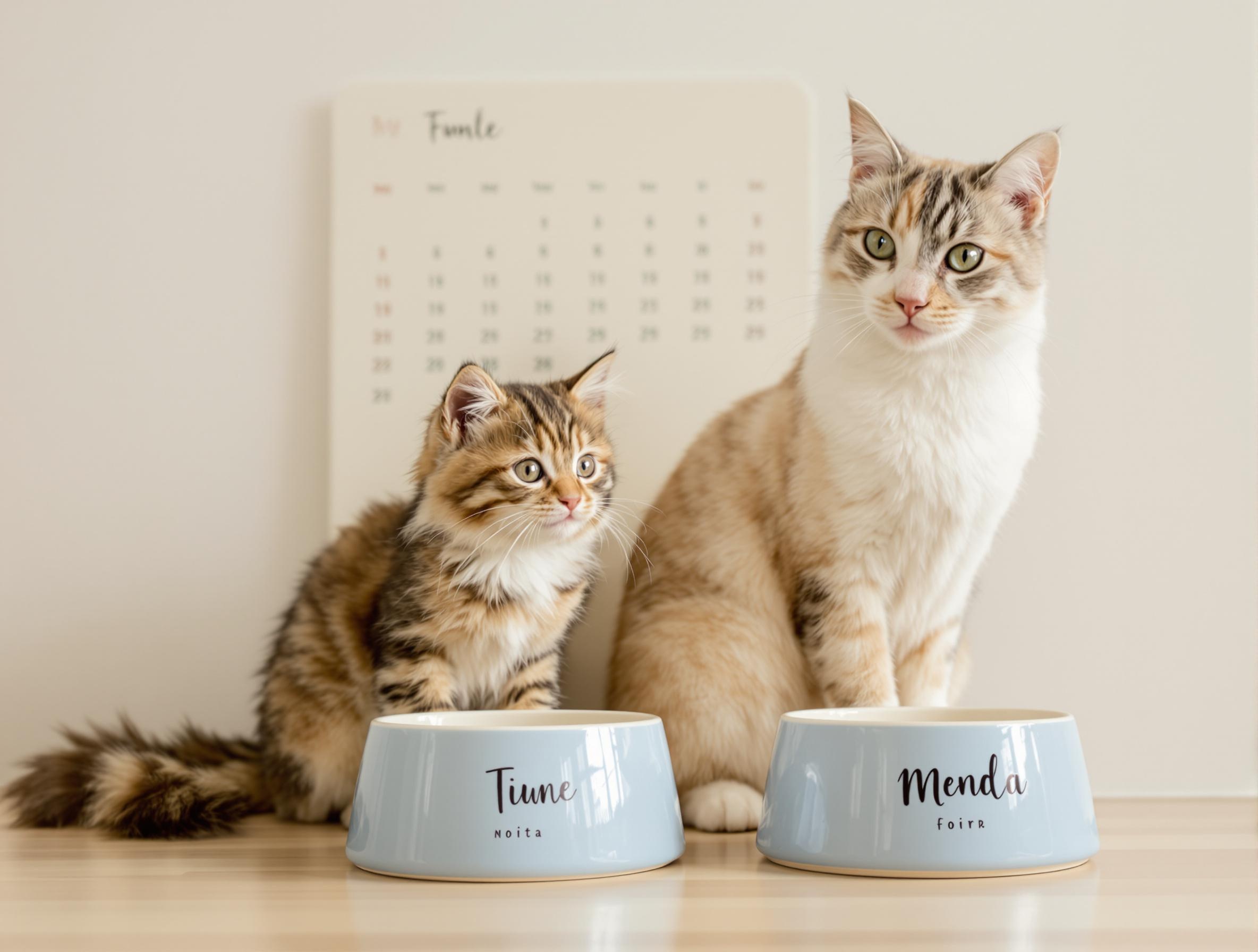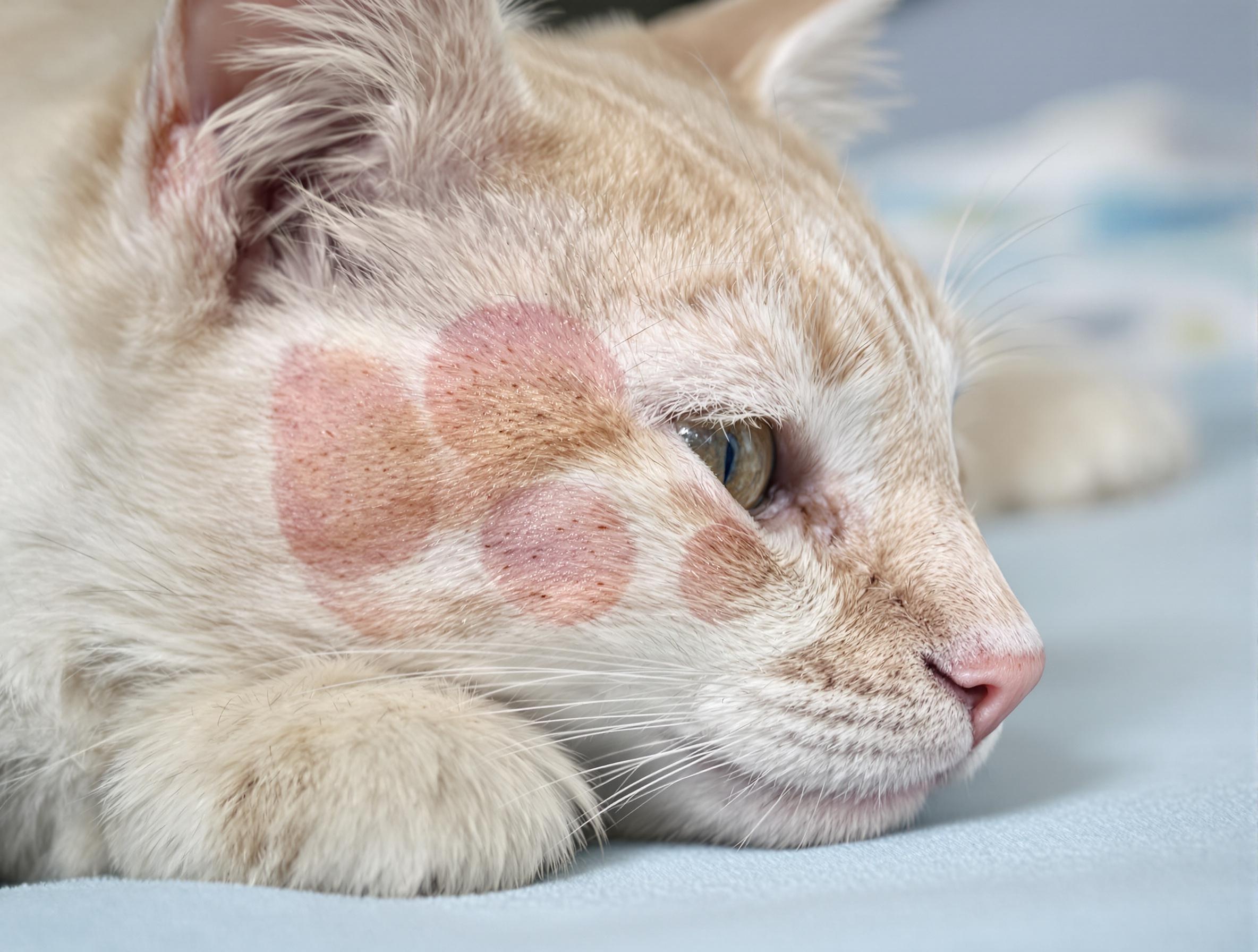
Key takeaways:
- The cat loaf position usually signals contentment, warmth, and light rest, showing your cat feels safe in its environment.
- Subtle changes like stiffness, squinting, or avoiding other positions could mean your cat is loafing to cope with discomfort or pain.
- Creating soft, cozy spaces and observing your cat’s body language can help you encourage relaxed loafing and spot early signs of health concerns.
What Is the Cat Loaf Position?
Cats are great at using body language to share how they’re feeling—even when they aren’t making a sound. One of the most recognizable poses is when they tuck their paws under their body, looking just like a little loaf of bread. While it’s undeniably cute, this pose can actually tell you a lot about your cat’s comfort, mood, and health.
At PetHealthMD, we love helping you understand the little things your cat does every day. In this guide, we’ll break down what the “cat loaf” really means, when it’s a sign of relaxation, and when it might be worth a closer look. The more you know about your cat’s body language, the better you can care for them.
Reasons Why Cats Loaf
While the loaf pose is undeniably cute, it actually serves several practical and emotional purposes for your cat. Here are some of the most common reasons behind this cozy position:
- Staying warm without lying flat: Tucking their paws helps trap body heat, keeping them warm while they rest.
- Feeling safe and secure: Cats often loaf when they feel relaxed in their environment and don’t feel the need to stay on high alert.
- Light resting while staying alert: With their head upright and paws tucked, cats can rest comfortably while still being ready to react if needed.
- Taking pressure off their belly or limbs: Sometimes, cats loaf to relieve mild discomfort, especially if they avoid stretching out or lying on their side.
Most of the time, loafing is a sign your cat feels content and secure, but paying attention to the details can tell you even more about their mood or needs.
You can support your cat’s comfort with soft bedding, cat beds, and furniture. Regular grooming with cat grooming supplies can also help reduce shedding and keep their loafing spots cleaner. And if your cat has joint stiffness, browse cat joint supplements to support mobility and long-term comfort.
When the Cat Loaf May Signal Discomfort
While loafing is usually a good sign, there are times when it can hint that your cat isn’t feeling their best. Here’s what to watch for if you suspect something’s off:
- Tense or tight body posture: If your cat looks stiff or pressed tightly to the ground while loafing, they might be uncomfortable or guarding a sensitive area.
- Squinting or half-closed eyes: Cats in pain often squint or avoid fully opening their eyes. This, paired with a tense loaf, could be a red flag.
- Low energy or less movement: If your usually active cat seems to loaf more than usual, isn’t moving much, or shows less interest in food, it could be their way of coping with discomfort.
- Avoiding lying on their side or stretching out: Some cats avoid certain resting positions if they’re trying to relieve pressure on their belly, joints, or limbs.
Being attentive to these subtle changes helps you catch any potential health concerns early. While most cat loafing is perfectly normal, a quick chat with your vet when you notice these changes helps keep your furry companion happy and comfortable. Cats are masters at hiding discomfort, making these small signs especially important to watch for.

How to Encourage Your Cat to Loaf
If seeing your cat in loaf mode makes you smile, there are a few easy ways to encourage them to settle in and relax. Here are some simple tips to help your cat feel safe and comfortable enough to show off their loaf:
- Set up soft, cozy resting spots: Place plush bedding on window ledges, shelves, or cat trees and scratchers so your cat can relax while monitoring its surroundings.
- Keep loafing areas warm: Avoid cold or drafty spots. Cats love to loaf where the temperature feels just right—warm and cozy.
- Give them a quiet space: To help your cat fully relax, set up loaf-friendly areas away from litter boxes, food bowls, and noisy parts of the house.
- Respect their space while they loaf: When your cat is loafing, use a soft voice or a slow blink to let them know they’re safe without disturbing them.
- Watch for signs of comfort: Relaxed whiskers, droopy eyelids, and frequent visits to their favorite loafing spot all mean your cat feels secure and content.
You can also explore cat supplies at 1800PetMeds to create more cozy loafing spots your cat will love.
Frequently Asked Questions
The cat loaf pose is more than just a cute photo opportunity; it’s one of the many ways your cat communicates how they’re feeling. Here are some quick answers to common questions about this cozy position and what it might mean for your cat.
Is loafing a normal sleeping position for cats?
Yes, it’s totally normal! Many cats loaf when they feel safe and want to rest lightly without fully lying down. You’ll probably notice they do it most when they’re feeling calm and content.
Why does my cat loaf instead of lying on their side?
Loafing helps your cat stay warm while still staying alert. It’s a comfortable in-between position that keeps them ready to move if they need to.
Should I worry if my cat loafs all the time?
Not usually. But if they seem stiff or squinty or aren’t moving around much otherwise, it’s worth checking with your vet. Always trust your gut if something seems off.
Can loafing be a sign of pain?
Sometimes, yes. A tight or tense body with flattened ears or half-closed eyes could be a sign that your cat isn’t feeling great. Pay attention to other changes in behavior as well.
How can I tell if my cat is loafing because they’re relaxed?
Look for soft, loose body language—slow blinking, ears facing forward, and sometimes purring too, are all good signs. If your cat looks comfortable and stays in the loaf without quickly shifting positions, they’re likely feeling safe and at ease.
Do older cats loaf more than younger ones?
They might! Older cats may loaf more often because it’s easier on their joints than stretching out fully. It’s a comfy way for them to rest without adding pressure to their body.
Know Your Cat’s Comfort Signals
Cats have so many ways of telling us how they feel without saying a word—and the loaf pose is one of the clearest signals of comfort. Paying attention to their posture and other small changes helps you stay in tune with what they need.
At PetHealthMD, we’re all about helping you read your cat’s body language with confidence. The more you understand these small signals, the better you can support your cat’s comfort, happiness, and overall health.
Explore more cat supplies at 1800PetMeds to keep your feline friend cozy, cared for, and feeling their best.





